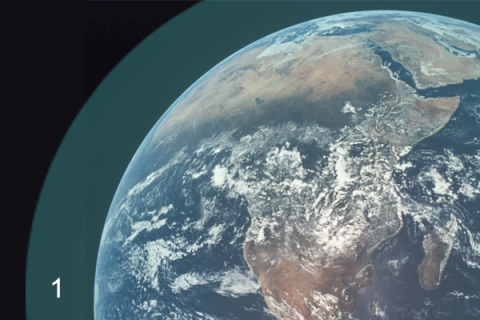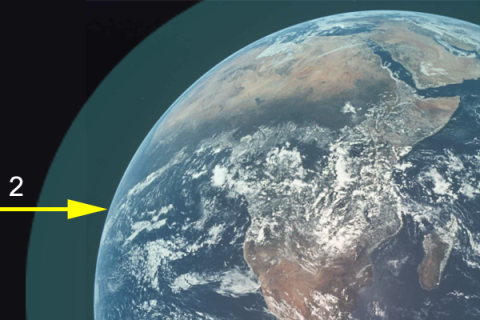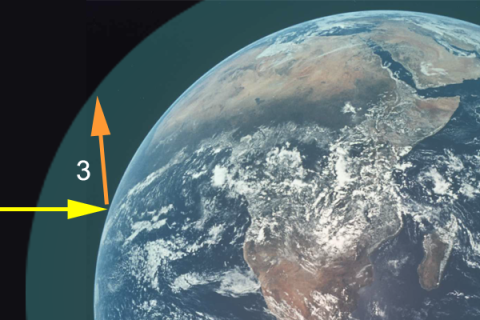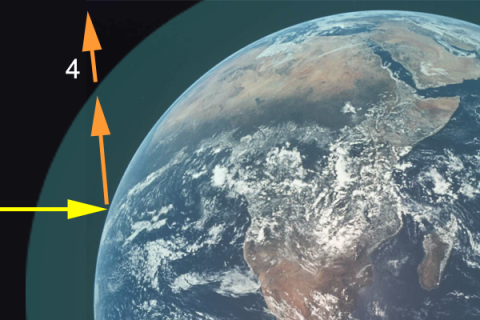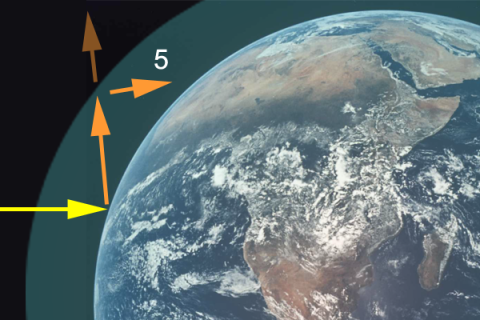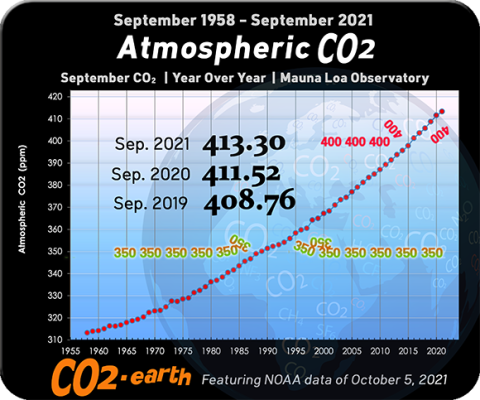Many of the gases that occur in the Earth's atmosphere are 'greenhouse gases' or GHGs. They include carbon dioxide, methane and water vapour. Greenhouse gases occur both naturally and due to human activities.
A greenhouse gas is one which traps heat radiated from the surface of the earth. The term comes from the fact that these gases act like a greenhouse to limit the loss of heat from a system*.
